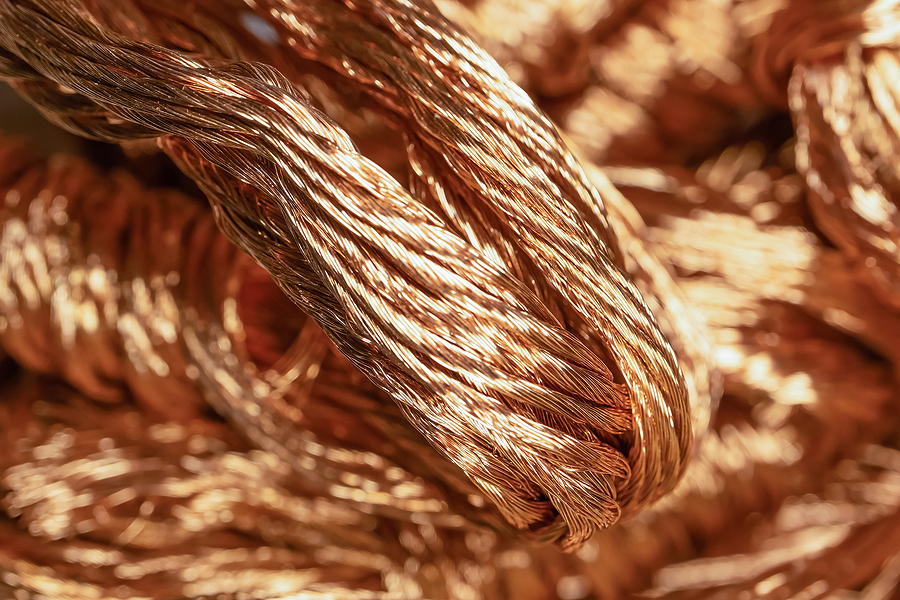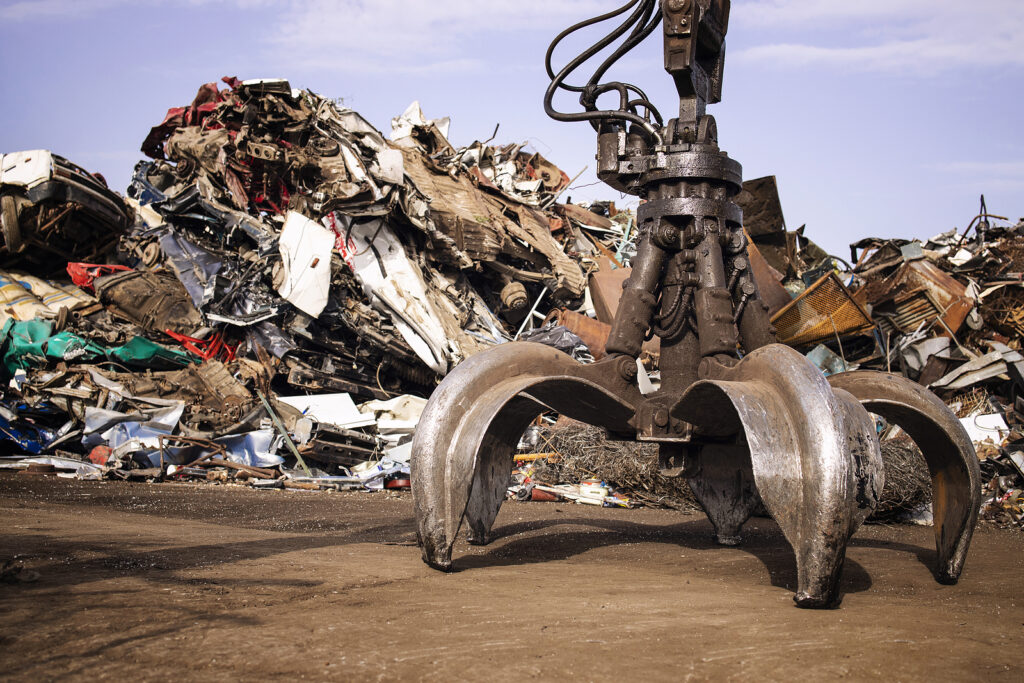Nonferrous metals are those that contain no iron. They are found in an alloy, or mixed form, with other metals and can be divided into two categories: base metals and precious metals. Some examples of nonferrous metals include copper, aluminum, zinc, nickel, lead and gold. Nonferrous alloys have a vast number of applications in both industrial and consumer products.
In this post we will take a closer look at the basics of nonferrous alloys.

Fundamental Facts About Non-Ferric Metal
Nonferrous metals are categorized by their lack of iron and instead contain other prevalent materials like aluminum, copper, lead, nickel, tin, or zinc. Because of the distinct properties nonferrous metals exhibit, they have a wide range of applications in various industries.
Some of the key benefits of nonferrous metals include:
☑ They are resistant to corrosion
☑ They are lightweight-They conduct electricity well
☑ They have a high resistance to heat
Nonferrous metals are used in a variety of industries and applications, including:
▷ Automotive Industry: aluminum is used in the production of car bodies and engines
▷ Construction Industry: copper and aluminum are used in the construction of buildings
▷ Electrical Industry: copper is used in the production of electrical cables and wires
▷ Medical Industry: titanium is used in the production of artificial hips and knees
Nonferrous Metal Applications and Benefits
Nonferrous metals play an essential role in our everyday lives, and we rely on them for a wide range of applications. From the aluminum in our soda cans to the copper in our electrical wiring, nonferrous metals are an important part of our world. In addition to their widespread use in industry, nonferrous metals are also used in a variety of medical and dental applications. For example, gold is commonly used in dental fillings, and titanium is used to create artificial hip joints. Nonferrous metals are also becoming increasingly popular in the jewelry industry, as they are less likely to cause skin reactions than their ferrous counterparts.
As we continue to discover new uses for nonferrous metals, it is clear that they will remain an integral part of our lives for years to come. Nonferrous metals are an important part of our everyday lives and have a wide range of applications. This is one very important reason why we need to recycle metal at every given opportunity.
To sell your scrap metal and junk metal items for cash on the spot, choose the best scrap metal recycling complex in Indy. Contact Garden City Iron & Metal at 1-888-586-5322 for a free quote. You can speak with a professional scrap metal buyer in Indianapolis, Indiana. We accept all scrap metal and metal commodities, including junk cars and boats.
Related Posts:
The Most Popular Grades of Copper
What Does Ferrous Mean?
Top 2 Ways to Confirm Ferrous Metal

